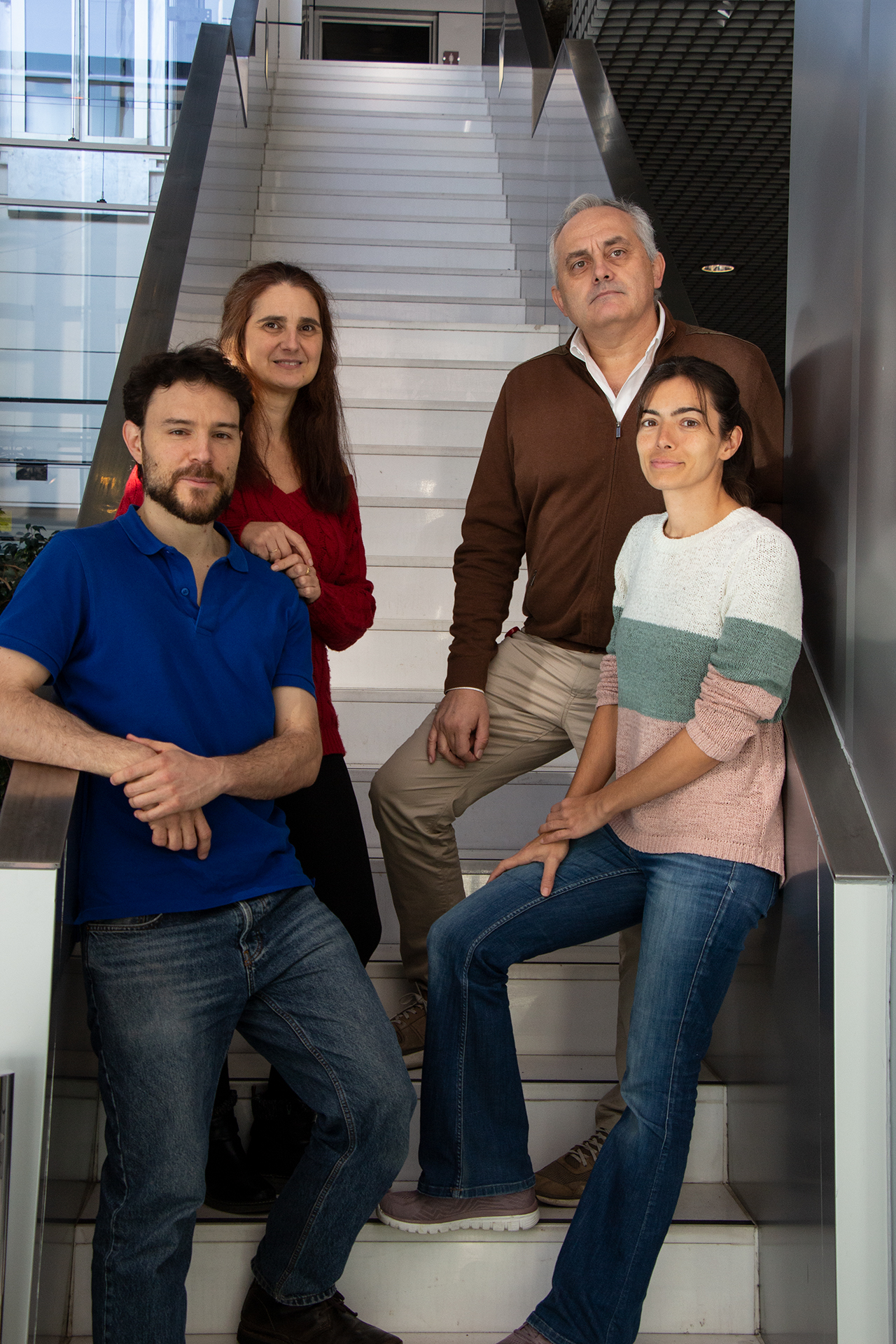eLife:CNIC scientists identify the essential role of cell-surface "nanofolds" and "glue" in the mechanical response of cells
A new study published in eLife shows that small cups or nanofolds on the cell membrane called caveolae, by limiting abrupt changes in membrane tension, regulate the number and activity of mechanical microsensors on the cell surface called integrins
A study at the Centro Nacional de Investigaciones Cardiovasculares (CNIC) has revealed that subcellular structures called caveolae play an essential role in cell mechanics. The results suggest that impaired caveolar function could be involved in a variety of processes, including platelet aggregation, cardiovascular disease, fibrosis, and tumor formation.
The study is published in eLifeand was led by CNIC researchers Fidel-Nicolás Lolo andMiguel Ángel del Pozo. The results show that caveolae, by limiting abrupt changes in membrane tension, couple mechanical stress to the activity of integrins, thereby modifying the cellular mechanical responses.
The authors show that cells lacking this caveolar damping system have a dysfunctional mechanical response due to an anomalous increase in the expression of integrins at the cell membrane. Integrins are the main receptors for the extracellular matrix, the structure that “glues” cells to their local microenvironment. This finding prompted the team to investigate the possible relationship between caveolae and integrins. Dr. del Pozo explained that “two mechanisms regulate the amount of active integrins at the cell surface: the activation of cell-surface integrins and the recycling of internalized integrins back to the cell surface. Both processes are controlled by the tension of the cell membrane, and this property can be modulated by caveolae.” The investigators therefore explored the hypothesis that both mechanisms link the functions of caveolae, integrins, and the response of cells to mechanical forces generated in the local microenvironment.
Cells, said Dr. del Pozo, “detect their microenvironment through tiny pulls and pushes that are transmitted through proteins called integrins, which are extracellular matrix receptors located on the cell surface.” Dr. Lolo added that “integrins can switch between an inactive and an active state, with the active form being responsible for scanning the miroenvironment.”

Cells, said Dr. del Pozo, “detect their microenvironment through tiny pulls and pushes that are transmitted through proteins called integrins, which are extracellular matrix receptors located on the cell surface.” Dr. Lolo added that “integrins can switch between an inactive and an active state, with the active form being responsible for scanning the miroenvironment.”
Dr. Lolo explained that the relative amount of integrins at the cell surface is controlled by two main mechanisms, the regulation of plasma membrane tension and the dynamics of integrin recycling. “The first of these processes determines which integrins already present at the cell membrane switch from the inactive to the active state. The second mechanism determines the rate at which internalized integrins in the cytosol (the liquid component of the cell interior) are transported back to the plasma membrane. Changes in cell membrane tension can affect both processes.”
Caveolae are small invaginations in the cell membrane, shaped like cups or folds. These organelles are found in many cell types and can regulate cell membrane tension by changing their shape. In response to an increase in membrane tension, caveolae flatten to release more membrane; conversely, when membrane tension drops, they reassemble to sequester membrane. In this way, caveolae act as a mechanical damping system.
An appropriate cellular mechanical response is critical for tissue homeostasis—the ability to respond to environmental challenges and maintain parameters within a physiological range. An inability to detect these environmental changes is a feature of disease processes including fibrosis, tumorigenesis, and cardiovascular disease and may play an important role in processes like platelet aggregation.
The scientists conclude that the study “highlights the enormous potential of combining physics and biomedicine to define the root of these processes and to open the path to new treatments in the future.”
The study was supported by the European Union Horizon 2020 programme through a ITN Marie Sklodowska-Curie, the Spanish Ministerio de Ciencia e Innovación (including the Severo Ochoa Program), the Fundación Obra Social de la Caixa, the Asociación Española Contra el Cáncer,Fundació La Marató de TV3, and the Comunidad de Madrid.











